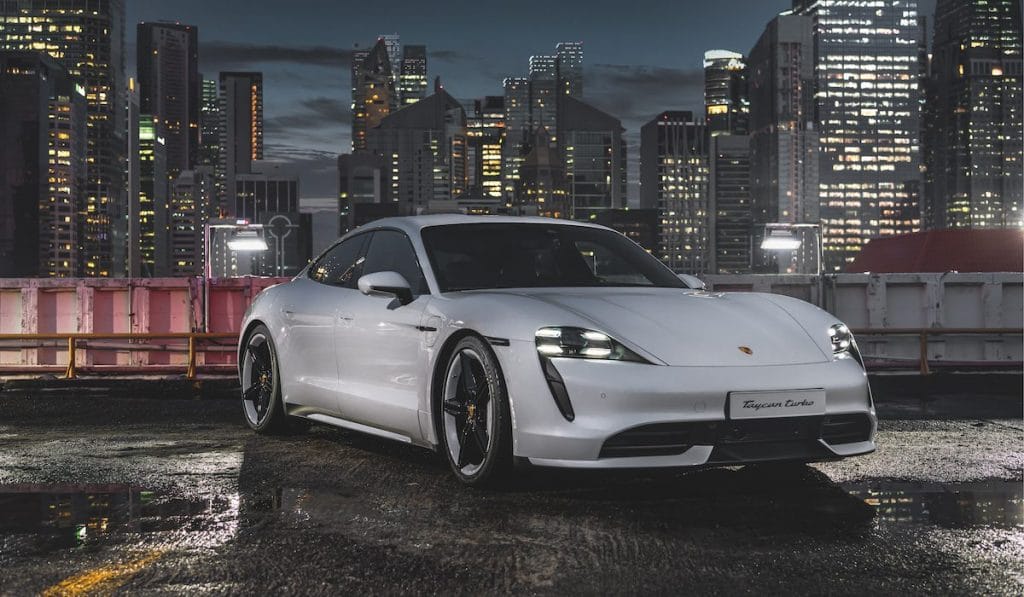

The Porsche Taycan is heavy. It weighs anywhere between 2,100kg and 2,300kg, depending on the model and battery pack you opt for. In contrast, a 911 Carrera comes in about 800kg lighter while a Panamera, which visually resembles the Taycan, is just below the 2-tonne (2,000kg) mark.
I’m not fat-shaming the Taycan. It’s a gorgeous automobile and it’s apparent the designers have put a lot of thought into every centimetre. I’m highlighting the Taycan’s weight because it is surprisingly quick. The standard 4S can reach 100kmh in four seconds, while the Turbo and Turbo S are even swifter, completing the century sprint in 3.2s and 2.9s, respectively. The reason for the Taycan’s weight is physics.
Smaller batteries are lighter but store less power. So, the first electric cars that came out were weighty beasts because of the size of the batteries needed to generate enough power to propel them forward. Over time, engineers made advances in energy density, allowing automakers to fit smaller batteries and shave more weight off. However, despite progress, electric cars continue to be heavier than their petrol equivalent.
The Taycan has an average range of 400km, depending on the battery pack and how leaden your right foot is when it’s on the accelerator. Range anxiety is a thing of the past, especially in an urbanised country. The authorities have been expanding charging infrastructure, while if you pop into any mall car park, you’re likely to find dedicated lots for electric vehicles, complete with charging stations.
There are two batteries in the Taycan, located at the front and rear axles. In essence, it’s a four-wheel drive but the power distributed depends on the driving mode. More importantly, the Taycan has a two-speed gearbox, something unheard of in an electric car. The first gives an acceleration boost from a stationary start, while the second kicks in when you’re cruising at high speeds.
The advantages are twofold. The battery becomes more efficient and the car’s top speed is boosted. The reason why no other electric carmaker implements a two-speed gearbox is simple: it’s a hard task. Porsche’s engineers have pulled the equivalent of an elephant out of a hat with this feat – although time will tell if there are any long-term implications.
What about the drive? It’s classic Porsche, sans the stirring grunts of the signature flat-six boxer engine. The car is well-balanced, the steering is magnificent and responsive, and the drive is sporty brilliance. Lastly, Porsche did include an optional engine sound in the Turbo and Turbo S variants if you miss the auditory experience, but it’s a small bump in an otherwise excellent automotive package. If all-electric sports cars are like the Taycan, then consider me an ardent follower of the electric revolution.
This story first appeared in The Peak Singapore



